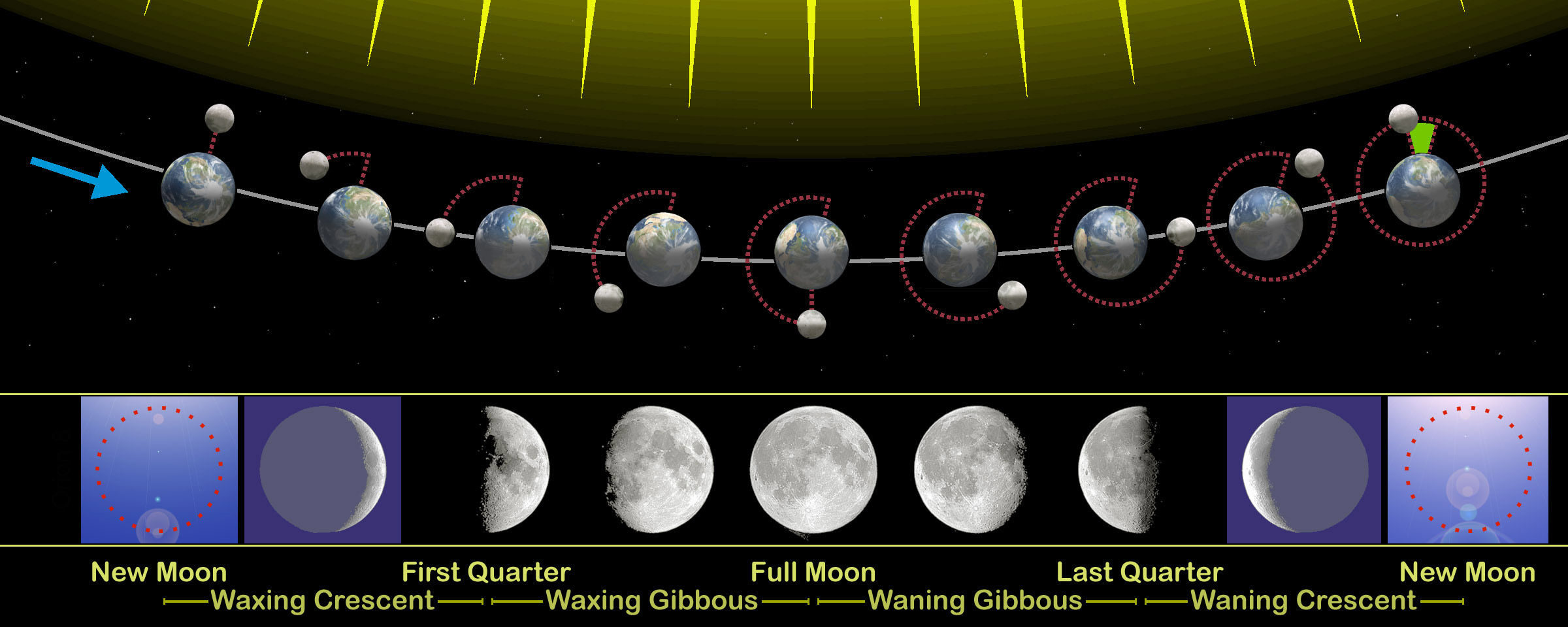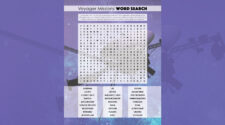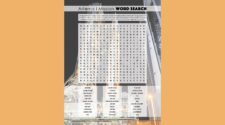
Take a look tonight at the Moon. What lunar phase do you observe? If you and your students want to learn more about the lunar phases before studying the night sky, we recommend: http://bit.ly/RShiwaay.
Observing the Moon night after night and either photographing the phase or drawing it, is a good way to understand the natural rhythm of the Moon, Sun, and Earth, but it doesn’t explain why the phases occur. A simulation of the Moon traveling around Earth helps students of all ages understand the patterns. Two sites are suggested with the second the simplified version: http://astro.unl.edu/naap/lps/animations/lps.swf and http://bit.ly/RSmcgraw-hill.
With an online lunar phase calendar you and your students can discover the lunar phases for dates past, present, and future! Students love looking back in time and finding the phase of the Moon on their day of birth and looking forward in time to discover the phase of the Moon on a future birthday.
There are many lunar phase calendars available but a good one to try is: http://bit.ly/RSalmanac. The page opens to the current calendar; scroll down for past and future calendars.
Studying the Moon phases each night might awaken your curiosity about the Moon. One NASA website is devoted to Earth’s Moon, http://moon.nasa.gov/home.cfm, where you can learn about the Moon, missions to the Moon, and how you can be involved in studying it as a citizen scientist.
Take a look at the Moon tonight! Or as social media enthusiasts say,



